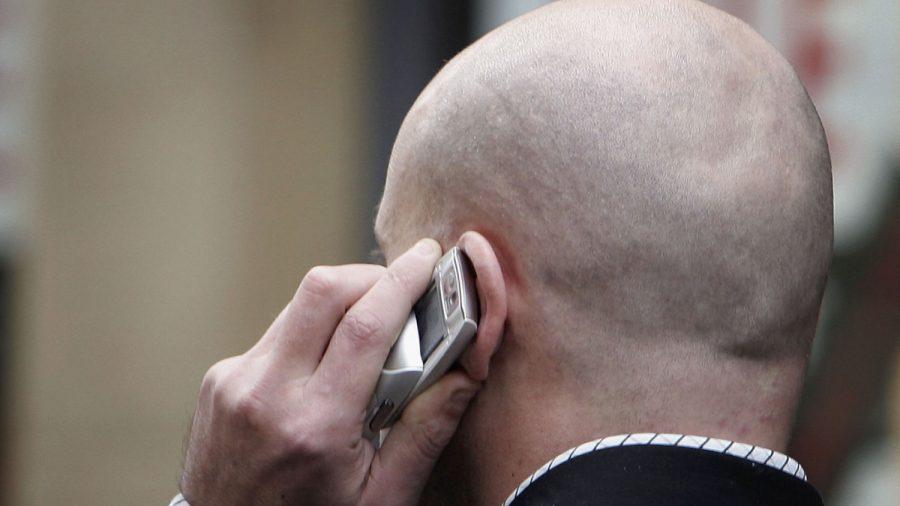Exposure to mobile phones does not impact learning, memory, attention span, or other cognitive functions like coordination, according to a review commissioned by the World Health Organisation into studies examining radio wave exposure from mobile phones.
The systematic review aimed to undertake an updated health risk assessment of radio wave exposure, which will be used to help draft a new Environmental Health Criterion on the subject.






